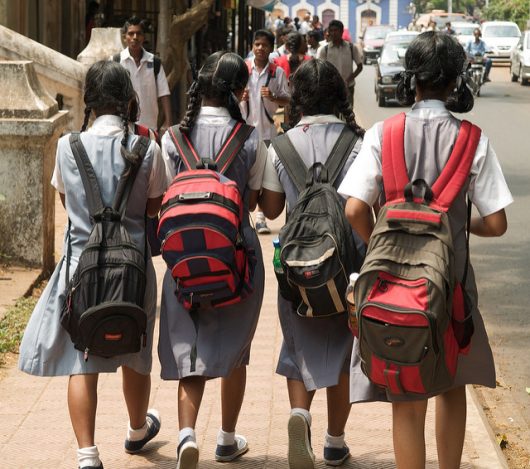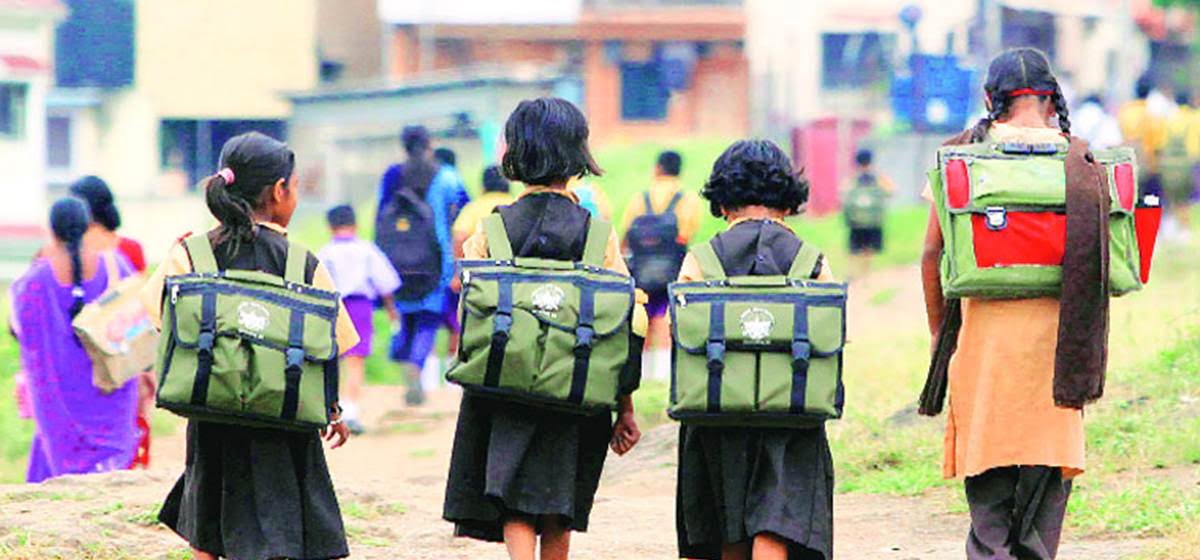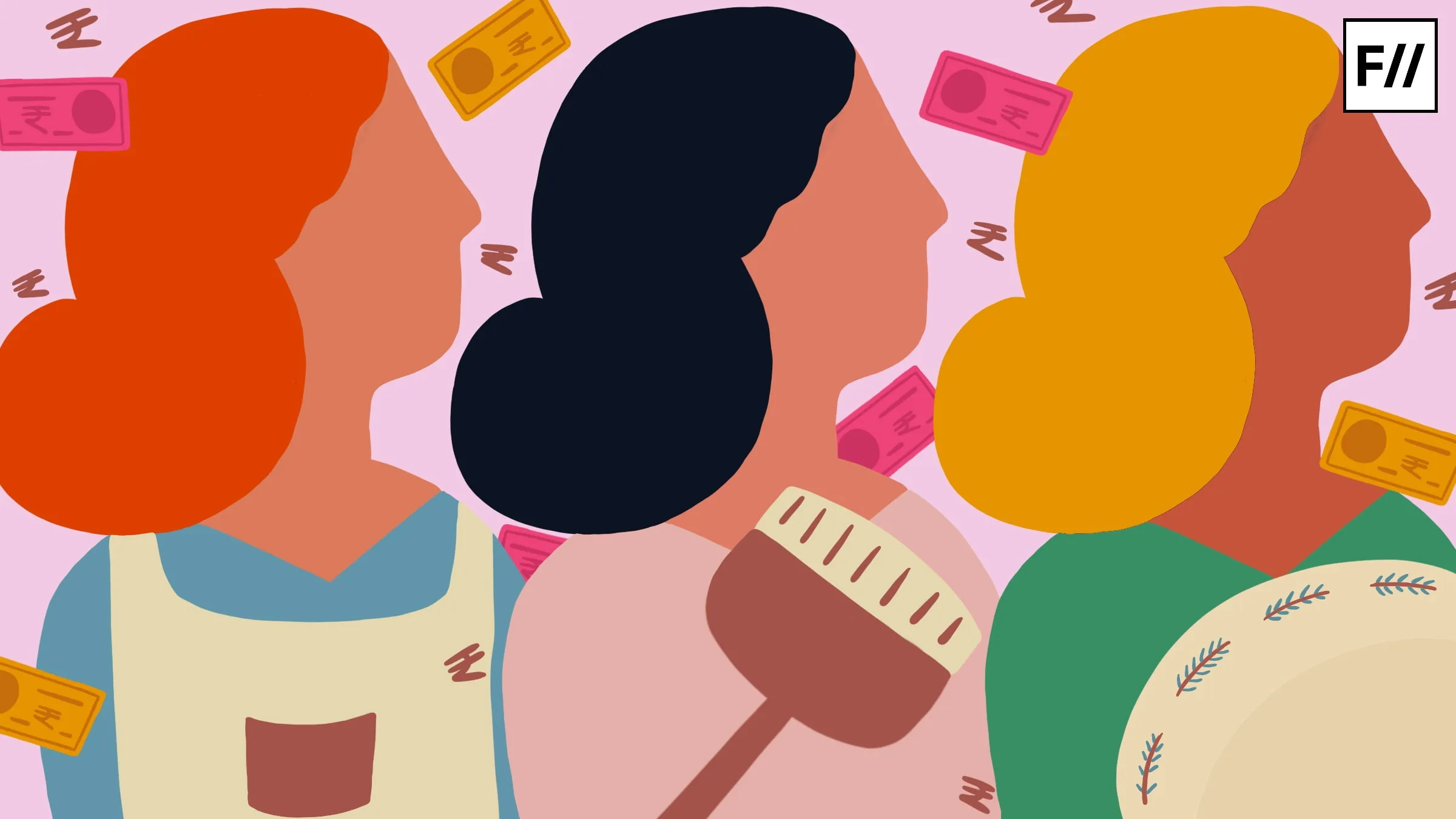Editor’s Note: FII’s #MoodOfTheMonth for March, 2022 is Women’s History Month. We invite submissions on the contributions of women, the trajectory of the feminist movement and the need to look at history with a gender lens, throughout the month. If you’d like to contribute, kindly email your articles to sukanya@feminisminindia.com
In India, education was traditionally meant only for the privileged. This privileged lot did not include most Indian women. Some women belonging to dominant castes and class locations were fortunate enough to obtain education, but with certain limitations including strict seclusions and learning at home either from family or through tutors.
As educator and professor Geraldine Forbes has highlighted in Women in Modern India, ‘female education was informal and largely limited to practical matters. Women from respectable families often studied classical or vernacular literature as “a pious recreation” and girls from propertied families received some education in keeping accounts. But most females learned only the household arts.’
When it comes to supporting education, colonial India’s interest was tilted in favour of boys/men. But with Sir Charles Wood’s General Education Despatch of 1854 to Lord Dalhousie, the then Governor-General of India, there was recognition of the increased demand for the education of daughters by the natives.
The despatch focused on an educational system including both genders, as Forbes writes: “The importance of female education in India cannot be over-rated, and we have observed with pleasure the evidence which is now afforded of an increased desire on the part of many of the natives to give a good education to their daughters. By this means a far greater proportional impulse is imparted to the educational and moral tone of the people than by the education of men.”
Early marriage was a major factor for girl’s dropout. They were married off at any time after they attained puberty. In order to attract and motivate girl’s parents to send their girl child for education, girls’ schools had to adopt a series of conditions and requirements such as paying students a small sum per day for attending schools, providing free food or free clothing

But of course, all this did not come through as was thought and imagined. Social constructions made the schooling of girls full of hurdles and hardships. Historian Gail Minault in Secluded Scholars:Women’s Education and Muslim Social Reform in Colonial India describes the obstacles encountered by the government against girl’s education.
She includes finding teachers, adequate standard of instructions, early marriage and the like as the problems associated with the institutions for female education. Most girls were withdrawn from school because of the lack of female teachers. To improve this, local Missionary women were asked to do the needful but still, the quality of girl’s education remained poor. Minault observes, ‘the girls could recite the alphabet forwards and backwards and read simple passages, but were unable to explain what they had read.’
Early marriage was a major factor for girl’s dropout. They were married off at any time after they attained puberty. In order to attract and motivate girl’s parents to send their girl child for education, girls’ schools had to adopt a series of conditions and requirements such as paying students a small sum per day for attending schools, providing free food or free clothing.
Moreover, as Minault points out, they had to provide closed transport such as palanquins and bearers for girls in purdah and escorts (hurkaris) for girls who were not allowed to walk to school alone.
Though the British encouraged womens’ education, it must not be forgotten that this was to facilitate their own interests and create employment for the British Raj. The foundation they laid has of course benefitted us in many ways. By the mid 19th century, the behaviour and perspective of our society and social reformers changed, and they initiated steps towards promoting female education. Then on, we have come a long way in making education accessible to all genders
Also read: Kamini Roy: Poet, Teacher And The First Woman Honours Graduate In British India

People were reluctant about female education, but were willing to impart education to females through Zenana teaching/education. Zenana means women apartments within the house, segregating them from social and cultural aspects of the patriarchal family, as defined by Gouri Srivastava in Zenana System of Education-Its Impcat on Women’s Education in Western India in the 19th Century.
Srivastava defines this kind of teaching as one for dominant caste women who could not receive formal schooling due to social and patriarchal practices. Citing that superstition fortified misogynistic beliefs that were prevalent in the society, William Adam in his Report on the State of Education in Bengal in 1836 wrote, “A superstitious feeling is alleged to exist in the majority of Hindu families, principally cherished by the women and not discouraged by the men, that a girl taught to read and write will soon after marriage become a widow.”
Though the British encouraged womens’ education, it must not be forgotten that this was to facilitate their own interests and create employment for the British Raj. The foundation they laid has of course benefitted us in many ways.
By the mid 19th century, the behaviour and perspective of our society and social reformers changed, and they initiated steps towards promoting female education. Then on, we have come a long way in making education accessible to all genders.
Also read: Budget 2022: Hits And Misses For Primary Education
Nalini Bhattar is a feminist and an independent researcher. A postgraduate in Women’s Studies, she has voiced for women’s rights through her articles and poems and has contributed to Youth Ki Awaz, Women’s Web, Delhi Poetry Slam, etc. You can find her advocating equality for all, sipping chai, and turning pages of her favourite books with her dog lazing around her. She may be found on Twitter




